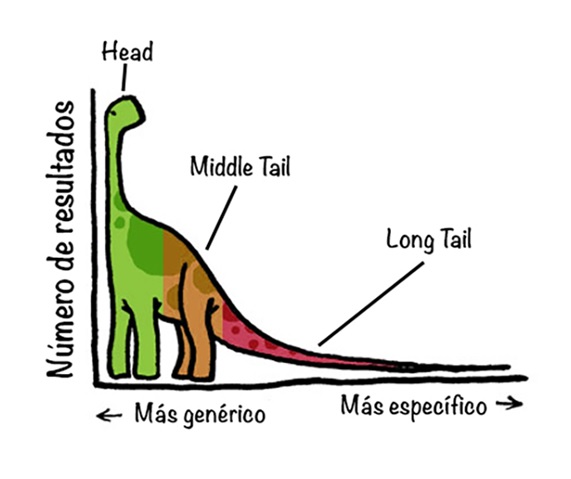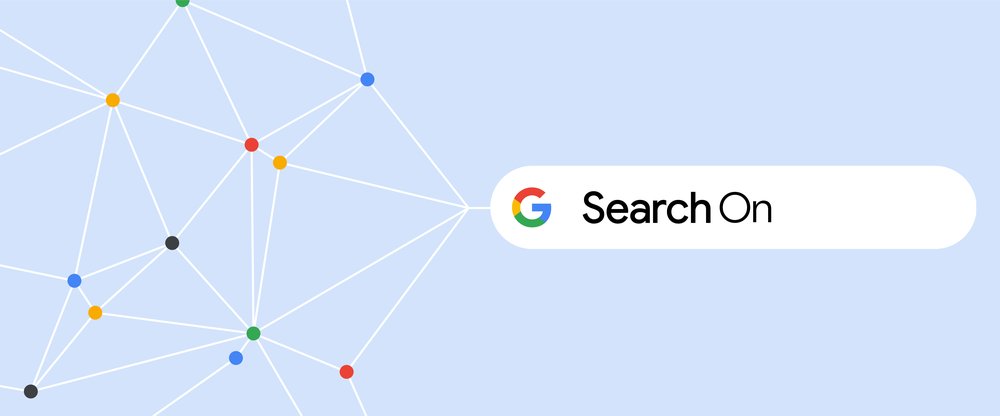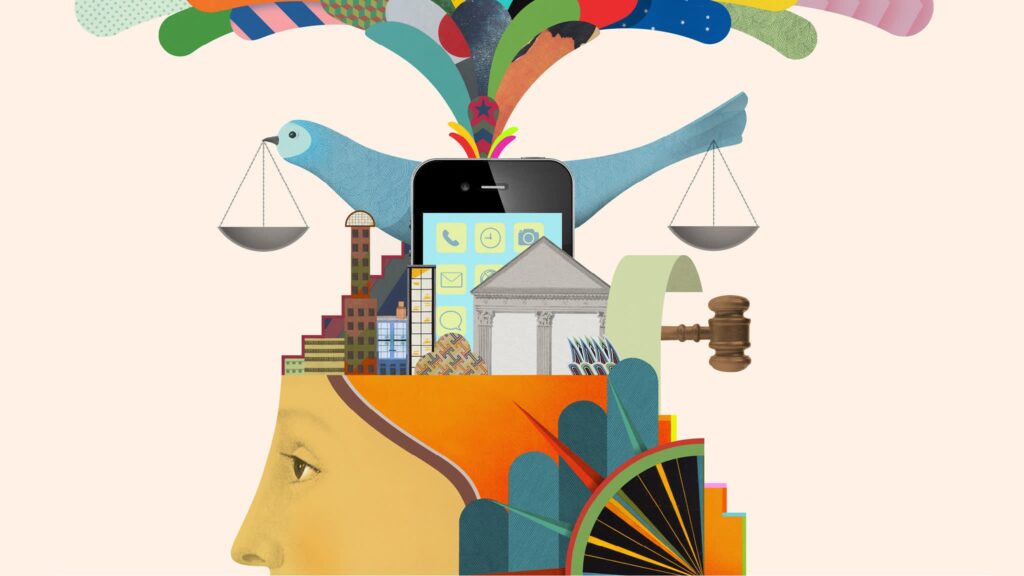In previous articles, we discussed business models and how they differ from business plans. This article examines the primary business model patterns.
Every business needs a specific model to run. Making a new model from scratch not only takes a lot of effort but is a waste of time because of the commonalities that exist in different businesses. The best idea is to know the basic patterns of the business models. Then compare them with your work goals, and use one or a combination of them to build the model that meets your needs.
Five Primary Business Model Patterns
A pattern in architecture is a concept that forms the basis of design ideas and can be reused as a prototype.
Christopher Alexander, the father of the pattern language movement
Unbundling Business Model
In the Unbundling Business Model, the company is composed of three different types of internal and completely independent businesses. These three sections are:
- Customer Relationship Businesses: Their job is to find, attract, and connect with customers.
- Product Innovation Businesses: Their job is to develop new and exciting products and services.
- Infrastructure businesses: Their job is to create and manage platforms to perform high-volume repetitive tasks.
The key point in Unbundling Business Model is to maintain the independence of these three parts. Although in any business, customer relations, production of innovative products, and management tasks all play important roles, you can base the final goal of the company on achieving one of these three sectors.

The Long Tail Business Pattern
The Long Tail Business Model is one of the suggestions of Chris Anderson, a thinker, and entrepreneur in the field of technology. Chris Anderson is the author of the “Long Tail” book, which explains the differences between digital and physical space in a precise and structured way for the first time in the history of the Web. The book paves the way for the future growth of businesses on the Web. He says in his book that the traditional business model is based on high sales of limited products with many fans. We can not operate in the digital space with exactly the same mentality of sales and mass trade that exists in the physical space.
Anderson’s proposed pattern is based on the low sales of a large number of products. In fact, the Long Tail Business Model focuses on offering a wide variety of products that have a specific or limited audience. Contrary to many people’s beliefs, this business pattern is more profitable than the traditional one.
Despite meagre storage costs, using this model requires a robust platform to provide products to users efficiently. Businesses such as Netflix, eBay, YouTube, Facebook, and Lulu.com are based on the Long Tail Business Model. Netflix, for example, which specializes in renting videos online, has shifted some of its focus to renting low-profile movies and increasing the diversity in this area. Finally, the total revenue from renting diverse but low-selling films competed with renting high-selling but limited films. Also, eBay chose a similar mechanism. This online auction site is based on the activities of a large number of auctioneers who buy and sell small quantities of low-selling products.
Why Is the Long Tail Business Pattern Is So Popular?
Three economic reasons have made this model popular:
Pervasive Use of Production Tools
Using this business model reduces the cost of technology. Thus everyone has the opportunity to efficiently use the production tools that they eagerly want. Thanks to the expansion of this pattern, millions of novice writers can now print their books. Novice composers can record their own music, and new directors can make their professional short films. In fact, the Long Tail Business Pattern has opened up new ways for those who were ignored in traditional marketing models.
Providing a Good Distribution
The internet has changed the distribution of digital content. So, these contents are now distributed just like a common commodity. It has significantly reduced storage and delivery costs. In addition, the internet has created new markets for new audiences.
Reducing Search Costs of Linking Supply and Demand
The remarkable advantage of this model is the possibility of finding actual and potential buyers. The facilities the Internet provides to business owners – such as search engines and professional tools for digital marketing – have made the process of finding interested people much faster.
The Long Tail Business Pattern can provide services to both professional and amateur content creators using a multidimensional platform as its key source. Therefore, the main activities of this business model are limited to developing, maintaining, building, or purchasing specific content points. This model uses the Internet as a powerful medium to communicate with the customer and create transactions. Its revenue streams are also varied and may come from channels such as advertising, product sales, or subscriber membership fees.
Multi-Sided Platforms Business Model
The Multi-Sided Platforms Business Model is called “multifaceted markets” in the words of economists. In this model two or more separate and at the same time, interdependent groups of customers come together. These platforms will only be valuable to one group if the other customer groups are present. In fact, the main role of this platform is to facilitate communication between different groups of customers. The more users are attracted to this platform, the greater its success.
Businesses such as Google, eBay, Microsoft Windows, the Financial Times and Visa use this model in their businesses. Simply put, in the Multi-Sided Platforms Business pattern, businesses play the role of an intermediary and create value by linking different groups to each other.

Google, a Successful Example of Multi-Sided Platforms Business Model
The core of Google’s business is to provide highly targeted text ads globally on the web. The key to Google’s success is playing the role of a good and efficient intermediary to attract a large number of users. Internet users are looking for the information they need in a targeted, fast and extremely convenient way. On the other hand, business owners want to achieve their profitability goals by advertising on Google. The link is Google’s extraordinary performance in providing these services.
Google has divided its customers into three categories; Advertising group, web group and content producer group. This segregation of users allows Google to be more specialized in meeting their needs. For example, for advertisers, targeted advertising using the Google AdWords tool, for web browsers, free search and use of tools such as Gmail, Google Maps and Picasa, and for content creators, the possibility of earning money through production. Useful and engaging content is an example of Google’s expertise. Google’s significant revenue from keyword auctions allows it to continuously optimize its free performance for search engines and users of its tools.
Free Business Model
Providing a free product or service for customers has always been an attractive option. Chris Anderson, who proposed the Long Tail pattern as mentioned before, has also been instrumental in developing this business model. He showed that the rise of new free offers is closely linked to the completely different economics of digital products and services. For example, composing and recording a song requires a lot of time and money. But the cost of digitally reproducing and distributing it is close to zero! Thus, an artist can present his music to his audience via the Internet and promote it globally, provided that he can cover his expenses through other revenue streams, such as performing a concert.
Simply put, in this business model, customers are divided into two categories. The first category is those who use the company’s free services. The second category of customers is those who come to the company only because of the first category and are willing to pay good money to receive services which usually has nothing to do with the free provided product. You can find examples of such businesses in “Free Newspapers,” “Open Source Software,” “Google,” and “Free Apps.”
“The demand you get at a price of zero is many times higher than the demand you get at a very low price,” says Kartik Hosanagar, a Wharton professor of operations and information management who studies pricing and technology.
Free Business Model includes three main monetization patterns:
Free Offers Based on Ad-Based Multi-Faceted Platforms
As mentioned, Google is a good example of this pattern. This website offers a large part of its services, including search engines and utility tools, for free. This approach helps Google attract a huge number of customers. In the next step, Google works on the second part of its customers by launching smart advertising sections. By providing auctioning keywords Google can earn a very good income.
Free Services Beside Optional Paid Supplementary Services
A good example of this monetization pattern are sites that provide some of their information or even services for free. If users need to make the most of the site’s information or services, they have to pay a fee, which is usually small. Websites that sell information or training usually divide their information into two parts, free and premium. They implement this restriction to lead the customer to purchase a subscription to use all the information or training.
In terms of services, Dropbox is a good example. This website offers limited (free) and unlimited (paid) storage space to its users via free and business plans.
Plugins used in content management systems such as WordPress or Joomla are also in this category. In this way, only a part of the plugin services is available in the free version, and the user has to pay an annual fee to receive all the benefits of the plugin.
Predator-Prey Pattern
In this pattern, the company traps the user by offering a very attractive free offer. The first person who used this model to expand his customers was an American businessman named King C. Gillette. To sell his razors in bulk and for a long time, he provided the razors handle for free. The first pocked included blades, however, after finishing the blades, the user had to return to the company to buy more blades. These repeated purchases resulted in a huge profit for the company.
Mobile network operators also attractively entice the user by offering a free phone with a purchased SIM card. Undoubtedly, they lose money by providing free phones, but when the user starts using the operator’s paid services, all these losses turn into big profits.

Open Business Model
The inventor of this model is “Henry Chesbro”. He introduced the model in 2006 in an article entitled “Open Innovation, The New Imperative for Creating and Profiting from Technology.”
This open business model works in two ways:
Internal Innovations (inside-out)
This innovation occurs when companies move to the domestic sector and generate revenue by assigning intellectual property rights or unused technologies and assets.
External Innovations (Outside-In)
Occurs when a company incorporates ideas, technology, and intellectual property outside the organization into its development and commercialization processes. Let’s look at an example of this approach at Procter & Gamble.
Save a company by changing perspectives
External open innovation works against traditional and closed models. In this model, the company does not focus only on its own internal potentials and uses every opportunity to take advantage of external potentials. The best and most successful example of this model is Procter & Gamble, which, when it was on the verge of bankruptcy, could raise itself again and surpass its competitors using this pattern.
“Long known for a preference to do everything in-house, we began to seek out innovation from any and all sources, inside, outside the company,” said A.G. Lafley, president and CEO of Procter & Gamble.
by implementing this model in three directions, Procter & Gamble could use the potentials outside the company in an efficient way:
- Established communication between internal specialists and academic specialists. In this way, they used the latest technology and news.
- Launched a website to address the challenges the company faced. The website’s approach was to expose the company’s challenges and unresolved issues to scientists around the world and reward the person who found the best and most efficient solution!
- Sat up a website for retirees to make the most of the knowledge and experience of those who are no longer with them.
Nestlé also joined the ranks of this efficient model by creating a section called “Innovative Partnerships.”
“Nestle clearly recognizes that to achieve its growth objective, it must extend its internal capabilities to establish a large number of strategic partnering relationships.,” said Helmut Traitler, Head of Innovation Partnerships at Nestlé.
“Open Innovation is fundamentally about operating in a world of abundant knowledge, where not all the smart people work for you, so you better go find them, connect to them, and build upon what they can do.” Henry Chesbrough, an organization theorist, and professor at the California School of Business.
Ride the wave
In this article, we look at five business patterns, each of which has its own way of making money. These top five patterns have been implemented in large companies such as Google, Procter & Gamble, Gillette brand, Microsoft, etc., and we can say that they have passed the test. But this does not mean that the whole exciting path of business is limited to these five models. As these models outperformed their traditional models, there will be newer models in the future. The best way is to increase your flexibility and not resist newer monetization models.
Summary
- Using the business model patterns help young managers start their entrepreneurial path. This way, they will save time, money and experience.
- In the business world, there are five major business model patterns that all large and successful companies around the world use one or a combination of. These patterns include Unbundling, the Long Tail, Multi-Sided Platforms, Free, and Open-source business patterns.
- The Unbundling Business pattern insists that companies should completely separate their three main segments and, if possible, focus on one of them. These three main areas include customer relationships, product innovation, and infrastructure activities.
- Chris Anderson, a technology thinker and entrepreneur, has proposed the Long Tail business model. His proposed model is based on the low sales of a large number of products. In fact, this business model focuses on offering a wide variety of products that have a specific or limited audience.
- Three economic reasons welcomed the Long Tail pattern. First, the pervasive use of production tools. Second, the generalization of distribution, and third, the drastic reduction of search costs in linking supply and demand
- The Multi-Sided Platforms business pattern manages two or more customer segments, each of which generates a different revenue stream. In this model, free services are provided to one or more customer segments. The cost of which is offset by money received from other customer segments.
- Free Business Pattern divides the customer into two parts: free user and payer. For example, in free newspapers, the customer is the user who reads the newspaper information and the paying customer is the one who pays for the advertisement in the newspaper.
- The open business model is divided into two parts: internal innovation and external innovation. In this model, companies begin to establish beneficial relationships with sources and potentials of revenue generation and technology outside the organization.


Thank you for your sharing. I am worried that I lack creative ideas. It is your article that makes me full of hope. Thank you. But, I have a question, can you help me?